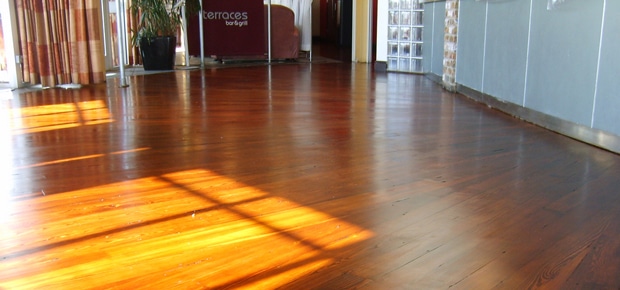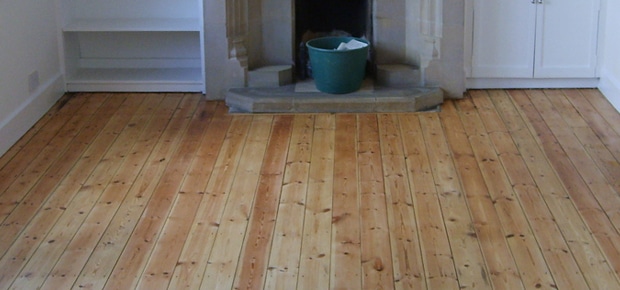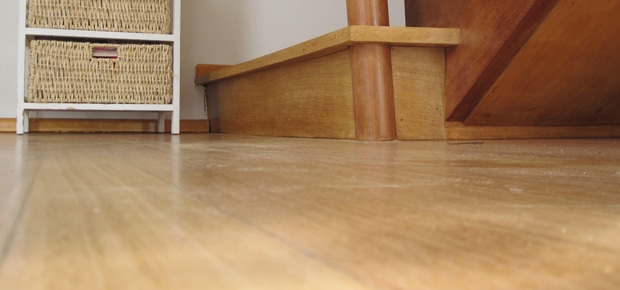The Sanding Process: Waxing Wood Floors
Are looking for guidance and support on waxing wood floors? GJP Floor Sanding Surrey are experts in this area. We are more than happy to guide and advise, and to provide a free assessment or outline telephone quote. Get in touch if you would like some help!
After your floor has been rebuffed and all scratches have been eliminated, it’s time to wax it (if that is your chosen finish). Waxing your floor with a good wax is a crucial step in the sanding process and protects your wood floor or staircase from future wear and tear.
A good wax provides a protective seal that ensures your floor will remain in excellent condition for years. And if properly done, it will guarantee that you achieve a deep lustre and an elegant finish that will radiate throughout your home and add a touch of class.
It’s important that you read and follow the manufacturer’s instruction before you proceed. Failure to follow the instructions may leave you with a slippery floor that can be quite dangerous, especially if you have kids around.
Some key advantages of waxes include:
- Guarantees a classy laid back finish.
- Lower VOCs and reduced toxicity.
- Easy to apply.
- Penetrates the wood, offering a low sheen finish.
- Mild odour.
It’s true that wax tends to stain wood overtime; however, this can easily be countered by applying a base coat of standing sealer or shellac. The base coat will penetrate and seal the wood, preventing wax from causing any stain.
There are various kinds of wood wax you can use to ensure that you achieve a good finish. Below are a few you can use to guarantee a perfect waxing.
Applying Solid Paste Wax
This is the wax of first-choice for hardwood floors that are unvarnished. It also works well for linoleum floors, unfinished corked floors, and it can even work for concrete floors.
Waxing wood floors with solid paste wax is not complicated. For the best result, you will need to wax the floor by hand. You can use a cloth that is lint free if you choose to do it yourself.
All you have to do is moisten the cloth and wring it as hard as possible to ensure it doesn’t contain too much moisture. This will prevent the cloth from absorbing too much moisture.
As earlier stated, ensure you read the instructions because there might be brand-specific tips that will enable you achieve a superior finish.
However there are important precautions you must adhere to while using a solid paste wax. Never use wax on no-wax or vinyl floors. Also, don’t ever use wax if your hardwood has a urethane finish because it can cause unnecessary damage to your floor.
In addition, buy only approved wax for hardwood floors and ensure it doesn’t contain ingredients that can damage hardwood such as vinegar, ammonia, silicone, bleach, lemon oil or tung oil.
Applying Liquid Wax
Compared to solid paste wax, liquid wax is easier to apply, but the shine doesn’t last as long as solid paste wax. But since it doesn’t take much time to reapply and only requires rubbing, it may not be a bad idea.
Like the solid paste wax, it is well-suited for unvarnished hardwood floors, unfinished corked floors and linoleum floors. And it’s important not to use it on urethane floors, no-wax floors or vinyl floors.
You can easily apply the wax by hand with a terry cloth or with a floor polisher. The cloth or floor polisher should be clean to avoid getting dirt into the wax and ruining the look and appeal.
While applying the wax, ensure it’s done lightly and uniformly on the floor.
The solvent easily evaporates, leaving the wax behind. Hence, drying shouldn’t take more than 30 minutes and it will then be time for us to buff your floor with an electric polisher or towel to give your floor a radiant glow visitors can’t help but admire.
Applying Water-Based Silicone Polish
This is the go-to “wax” for those who have urethane finish on their floor. It can also be used for all floor types covered above.
Coating with water-based silicone polish is a delicate process and you must ensure you don’t apply too much or it will take forever to dry.
The best way to use it is to apply several thin coats.
When we have to apply this coat in commercial centres that witness high foot traffic, we normally apply extra coats for added protection.
If you apply it correctly, it shouldn’t take much time to dry. It will then be ready for buffing with an electric polisher to reveal an enviable glow.
Whichever kind of wax you choose, ensure you read the manufacturer’s instructions in order to apply it correctly.
If you crave perfection for your home or commercial floors in Surrey, do not hesitate to contact us. GJP Floor Sanding Surrey has been in business for over 10 years and you can be assured that your floor will receive the best care in our hands.



